[Tachibana]
December 26, 2014 09:00
You've been stagnant this year too.
In Yagenbori, both countries, the annual “Non-no-ichi” and “Year-end Ode-ko-shi” will be held from December 27 to 29, and this preparation is progressing greatly.
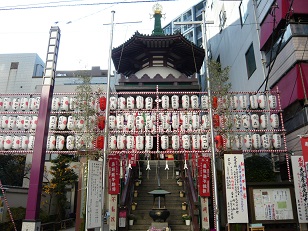
Lanterns were displayed around the immovable shrine.
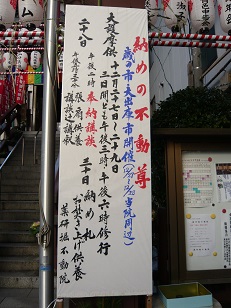
In addition, posters and signboards have already been prepared around Fudoin Street.
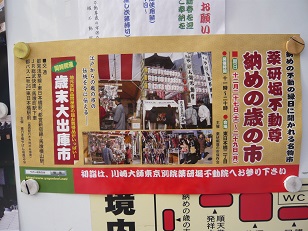
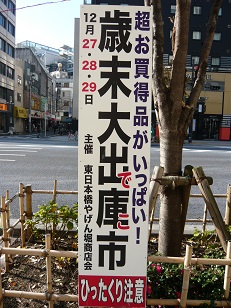
`` Toshinoichi '' is a city that stands for the purpose of selling decorations for the New Year and Kadomatsu, etc. It is said to be the "Yonoichi City".
In addition, "Year-end Ode-koichi" is a city that provides clothing, bags, shoes, etc. cheaply, mainly by wholesalers and shops in the past Ryogoku, Yokoyamacho, Tachibanacho, etc. (currently Higashinihombashi, etc.).
Fifty years ago, when I was a child, "Hagoita" was held along with "Toshinoichi" and there were some markets selling Hagoita. Hagoita was decorated a lot, from expensive ones that imitated Kabuki actors to those that imitated celebrities who became the topic of the year.
Hagoita does not have a fixed price, negotiations begin between the customer and the seller, but rather the seller plays a large abacus and shows the price instead of saying the price verbally. I remember that it was unusual for children. Also, when the business negotiations were concluded, it was fun to borrow the hands of the customers around me and clapping with <Shan, Shan, Shan>.
I'm afraid I couldn't see any shops selling Hagoita.
If you have time, please take a look at Yagenbori's "Non-no-ichi" and "Year-end Ode-ko-shi".
This year, from December 27 (Sat) to 29 (Mon) from 11:00 to 20:00.
[kimitaku]
December 17, 2014 16:00
Harumi-dori St.
From Reimei Bridge, look at Harumi Triton Square to the left and go straight ahead.
You can see Harumi Ohashi.
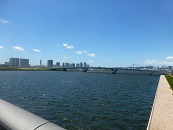
This bridge is quite steep.
Perfect for jogging and walking.
If you cross it as it is, you will head to the Toyosu district.
Yurikamome.
You can see the round Toden substation (here is a submarine cable and powered from Kisarazu) and the new market construction site (relocation of Tsukiji Market) far away.
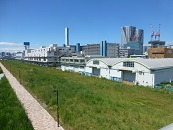
On the right hand, Harumi's warehouse group Rainbow Bridge Tokyo Bay
Takeshiba Wharf You can see Mount Fuji if it is sunny far away.
The left hand is LaLaport and Toyosu.
Once upon a time, there was a shipyard in Ishikawajima.
"Harumi Rinkai Park" has been created along the canal just before crossing Harumi Ohashi.
This park bicycle is prohibited.
Canals (sea?) even on holidays It's great for walking and jogging while watching.
Beyond that, there is also a sky tree.


[Shiraji]
09:00 on December 9, 2014
The Institute for Monetary and Economic Studies "Monetary Museum" is located in a branch that separates the street next to the Bank of Japan head office behind Nihonbashi Mitsukoshi.
http://www.imes.boj.or.jp/cm/
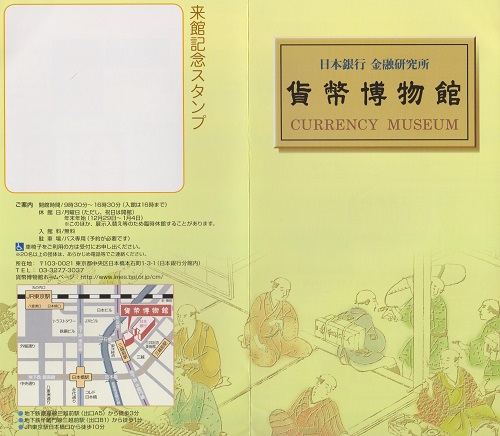
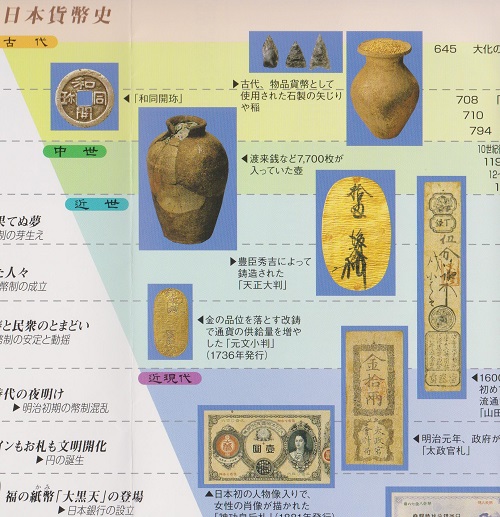
Not only ancient Japanese currency and materials, but also rare foreign currency are collected and displayed.
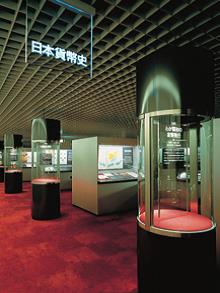
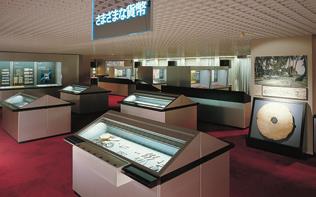
How much does one of the Edo period correspond to in modern times? In addition to comparisons with the prices of goods at that time, there are explanations that allow you to understand the value of money based on social and economic mechanisms, agricultural products' crops and regional differences, and devise ways to study economic society. It has been done.
In addition to displaying real objects and materials, you can actually feel the feel and weight by touching them, and there are also hands-on booths where you can use a loupe to examine precision counterfeiting prevention technology.
In addition to the origin of the yen and the history of Japanese currency, the rare foreign currency and banknotes are also a must-see.

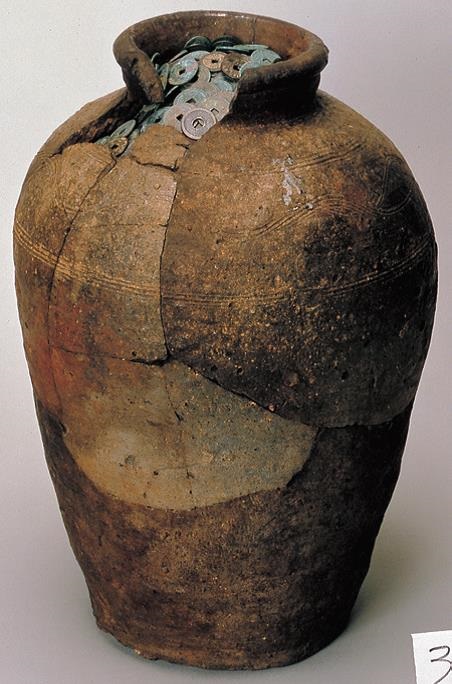

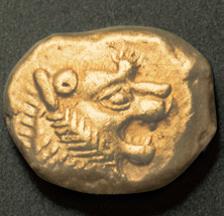
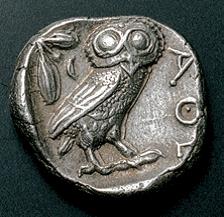
The entrance fee is as expected, the Bank of Japan is free and hungry, but it will be closed for renewal work within the year.
The museum is scheduled to be closed until November next year.
During the year, it is open until December 28 (Sun), except on Monday closed days. From 9:30 to 16:30
Photography is prohibited in the hall, so the image on this blog is reprinted from the pamphlet & website.
In addition, the Bank of Japan has a tour where you can explain its history and business while visiting the main building and the new building, which were built in 1896 and designated as a national important cultural property.
This is a reservation required four times a day, and the required time is one hour.
For more information, please visit the website https://www.boj.or.jp/about/services/kengaku.htm/
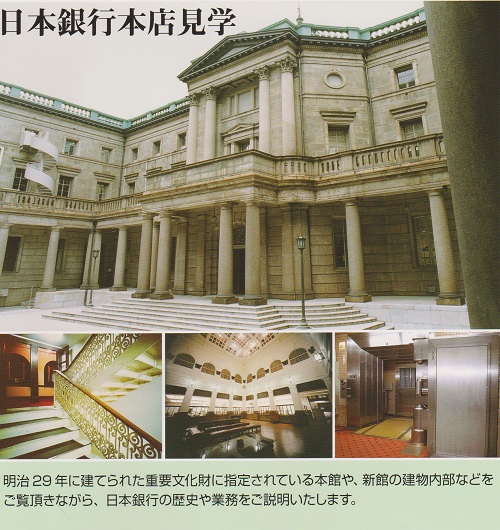
[kimitaku]
December 5, 2014 14:00
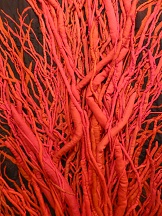
In mid-October at the Shirota Gallery in Ginza
A solo exhibition by quilt writer Michiko Someya was held.
Someya lives in Kyoto.
I suffered a serious illness more than a dozen years ago and lived in a fight.
At that time, I happened to meet "Kofu" and was fascinated by its charm. After leaving the hospital, I used Kofu to produce quilts.
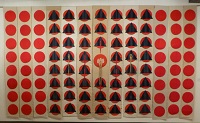 Someya says, "This Kofu and others are from the Edo period. It is not seen now and is thrown away. I was so sorry that I bought Kofu and revived it as a quilt work. "I was saved by these Kofu and others."
Someya says, "This Kofu and others are from the Edo period. It is not seen now and is thrown away. I was so sorry that I bought Kofu and revived it as a quilt work. "I was saved by these Kofu and others."
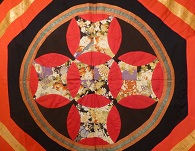
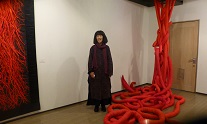

The event was held on the 6th, but he said, "I was very happy to see many customers."
You said you would like to hold it again next year.
・・... When I stood in front of the bright red "flame" quilt extending toward heaven, I was filled with a feeling of washing my heart. ・・・・・・・・


















 Someya says, "This Kofu and others are from the Edo period. It is not seen now and is thrown away. I was so sorry that I bought Kofu and revived it as a quilt work. "I was saved by these Kofu and others."
Someya says, "This Kofu and others are from the Edo period. It is not seen now and is thrown away. I was so sorry that I bought Kofu and revived it as a quilt work. "I was saved by these Kofu and others."



